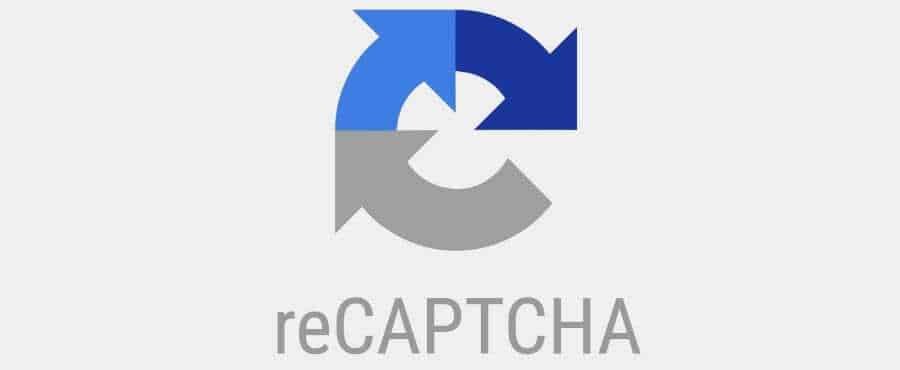reCAPTCHA v3: Google today announced an update to reCAPTCHA technology available from 2007 to tackle bots on the web.
reCAPTCHA v3, therefore, is the new edition and it is a complete update of the reCAPTCHA technology that we have known until now.
The good news is that the new system will no longer require any user interaction. Of course you will remember the first days of reCAPTCHA v1, when everyone was trying to read a corrupted text or the days of v2, when we were trying to find "shop windows", "road signs" and "cars" for 1-2 minutes.
ReCAPTCHA v3 will use a new secret and proprietary technology of Google to distinguish bots from normal traffic, "observing" the behavior of users of a site.
Google reports that by observing how regular users interact on a page and its parts, it will be able to detect strange behaviors, bots, or unwanted effects.
New visitors will receive “risk scores” based on the source of their arrival or the actions they take on a website. Ratings will start at 0,1 (bad) and go up to 1 (good). According to company webmasters will be able to decide how their site will react based on the above score.
The whole system is much more complicated than reCAPTCHA v2, but webmasters have had plenty of time to test the 3 version with a beta session that started last May.
The biggest advantage of reCAPTCHA v3 is that site owners can now control and decide how their pages will react to bots and will not allow Google to make these decisions on its own, as was the case for 1 and 2.
reCAPTCHA v3 will be available for everyone later this week. More information in official announcement of Google.
___________________________
- Online Piracy: The story of piracy before the World Wide Web
- Google new privacy settings
- Facebook: attention only sends friendship requests!





